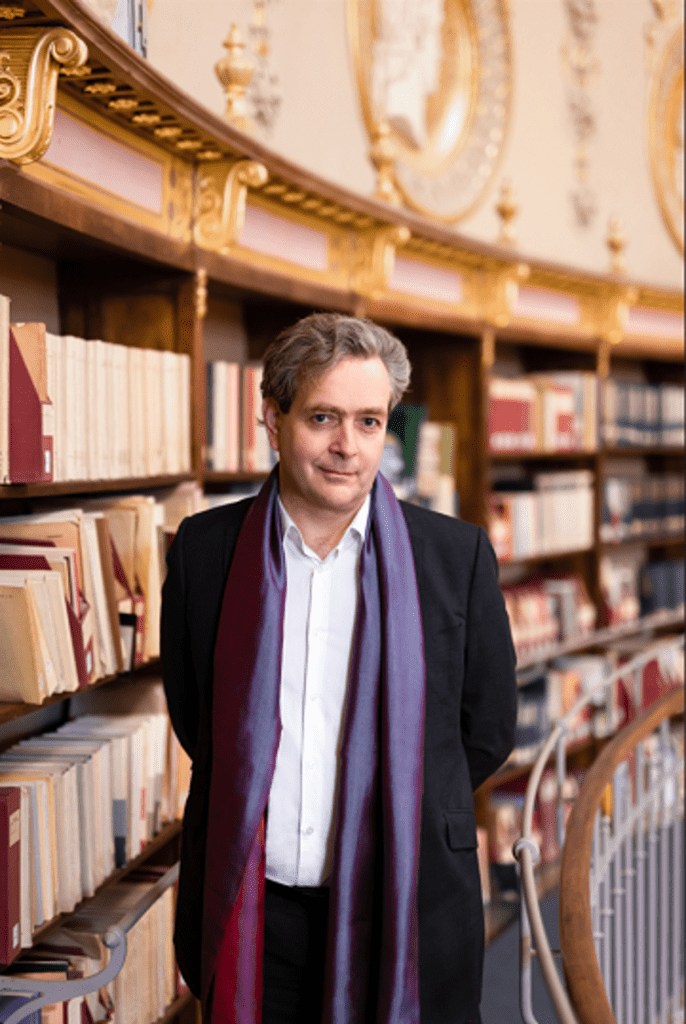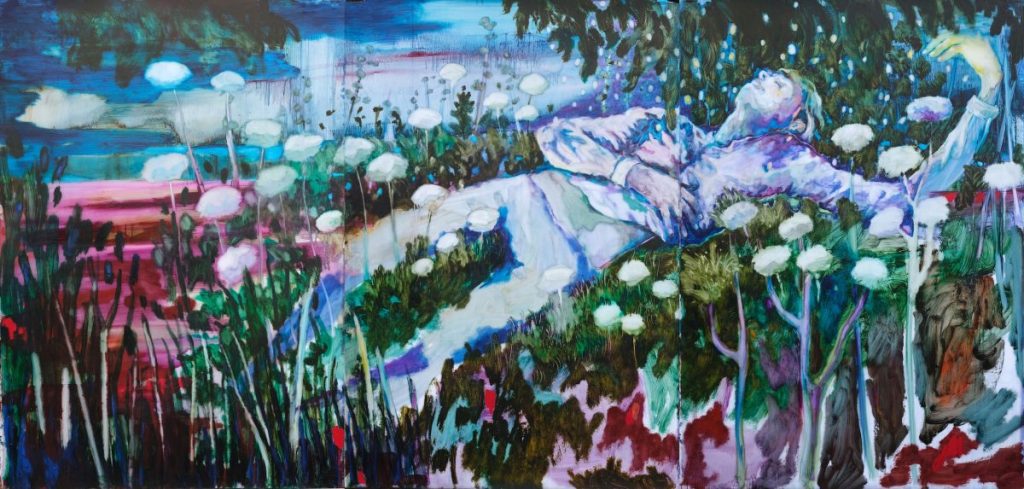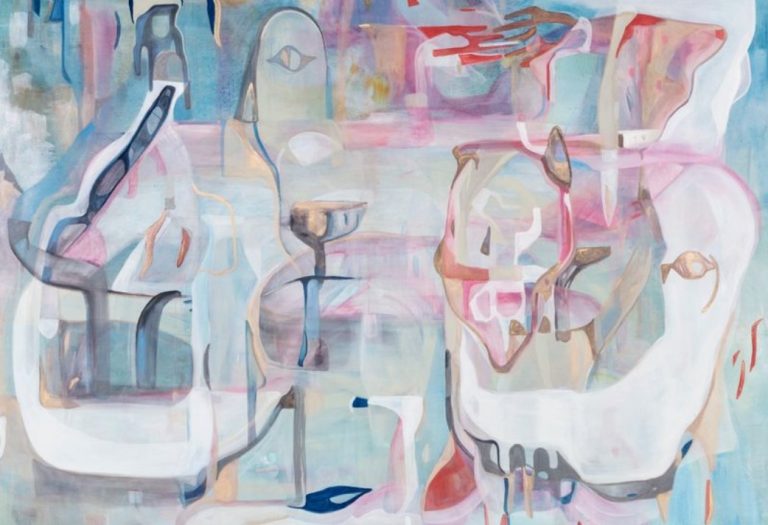Art Paris returns for its 26th edition at the Grand Palais Éphémère from April 4 to 7, 2024, showcasing a dynamic selection of modern and contemporary art galleries from 25 countries. With a focus on discovery, this year’s edition explores the themes of Fragile Utopias curated by Éric de Chassey. Highlighting the French art scene’s vibrancy and celebrating international creativity, the fair reaffirms its commitment to supporting emerging talents with the launch of the BNP Paribas Private Bank Prize.
hube: This year’s Art Paris puts a spotlight on French artists, aligning with the theme of ‘Fragile Utopias. A Focus on The French Scene’. Could you share your insights on the significance of highlighting French art within the context of this theme? What is your primary vision for the fair this year?
Éric de Chassey: I believe one of the crucial questions is how to maintain a focus on artworks that aren’t solely driven by commercialisation, despite the paradox within the art fair context. While acknowledging the necessity of money and economy for sustainability, I’m interested in art that operates somewhat autonomously from that system, or at least challenges its commodification. This involves creating opportunities for artists who may work more slowly, less spectacularly, or who don’t explicitly address mainstream issues.
Much of the art I encounter, particularly at art fairs and museums, tends to be overly literal, providing straightforward answers to questions rather than raising new ones or adding complexity to existing narratives.
I’m not particularly interested in fixed identities, as I see identification more as an imposition than a genuine expression. Therefore, I prefer to think about artists and galleries within France rather than strictly categorising them as French. Embracing a polycentric worldview, where smaller art scenes are valued but remain open and interconnected, is vital. Artists like Nathalie du Pasquier, based in Milan, and Yto Barrada, with Moroccan roots living in New York, still contribute to the French art scene and engage in dialogue with artists there. Maintaining this openness is crucial, and platforms like Art Paris provide opportunities for more specific focuses beyond just globalisation, allowing for a nuanced exploration of various art scenes.

Courtesy of INSTITUT NATIONAL D’HISTOIRE DE L’ART
Photography by JEAN PICON

Daydreamer IV, 2023
Courtesy of VAZIEUX

